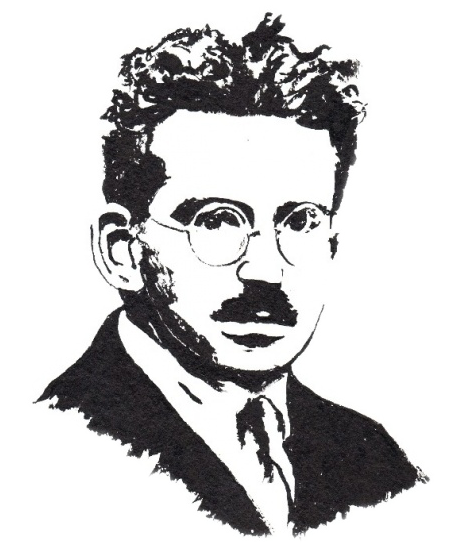Aura

Walter Benjamin’s “A Work of Art in the Age of Mechanical Reproduction” is a philosophical text that explores the downfall of art due to the age of mass reproduction in which we live. Benjamin classifies art that is original, which exists only as a single whole with no copies, as having an “aura” — a vague atmospheric quality that makes it special. When paintings, text, and all other works of art are reproduced into perfect copies, the object in question loses this “aura” and is now merely counterfeit:
The authenticity of a thing is the essence of all that is transmissible from its beginning, ranging from its substantive duration to its testimony to the history which it has experienced… One might subsume the eliminated element in the term ‘aura’ and go on to say: that which withers in the age of mechanical reproduction is the aura of the work of art (Benjamin 2).
Benjamin literally sums up “aura” in a somewhat philosophical twist as the thing that is lost in the age of reproduction. Reproduction is not a form renewal or creation but is a stake to the heart of the original itself. Only making new art, and not hacking pieces off of established work is the way of summoning the hidden auras. Once created they must be closely guarded otherwise, upon mechanical reproduction, the thing in question loses said aura.
Benjaimin’s “aura” is similar to Gilles Deleuze’s use of “Figure” and “figure,” in his work, Francis Bacon: The Logic of Sensation, with the “Figure” having all of the qualities of Benjamin’s mysterious “aura.” The “Figures” are works of quality art that are formed by deforming “figures” or clichés into superior art. The ultimate difference is that while “auras” exist by themselves and are destroyed by human hands, “Figures” are not created until “figures” are demolished and reconstructed by an artist’s paintbrush.
Works Cited
Benjamin, Walter. “A Work of Art in the Age of Mechanical Reproduction.” Web. 15 December 2014.
